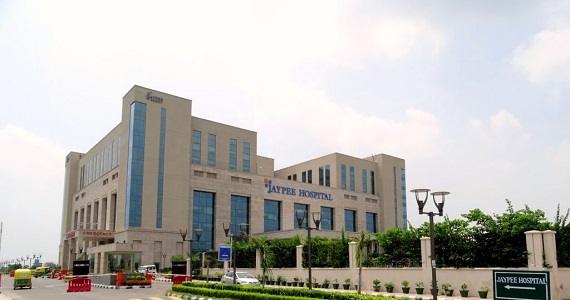Amputation of Half Foot Treatment in India
treatment
starting from
Introduction
Life can be unpredictable, throwing unexpected challenges our way. One such challenge is when individuals are faced with the difficult decision of undergoing amputation, a life-changing procedure that can redefine their lives forever. In this blog, we'll explore the journey of resilience and courage of those who have undergone the amputation of half a foot. This journey is not only a testament to the human spirit but also an inspiration for us all to face adversity with grace and determination.
The Decision and Acceptance
The decision to undergo an amputation is never an easy one. It often arises from medical conditions such as severe trauma, cancer, peripheral artery disease, or infections that have become untreatable by other means. For those who opt for the amputation of half a foot, the choice is often weighed against the possibility of preserving the remaining part or the likelihood of improving their overall quality of life.
Accepting such a life-changing decision can be emotionally taxing. The fear of the unknown, the doubts, and the anticipation of the challenges that lie ahead create a whirlwind of emotions. However, amidst the turmoil, the courage and resolve to move forward often emerge.
The Surgical Procedure
The amputation of half a foot typically involves the removal of either the front or the rear portion of the foot, while preserving the other half. This surgical procedure, performed by skilled medical professionals, requires precision and attention to detail. Modern advancements in medical technology and prosthetics have significantly improved the outcomes for amputees, providing them with the potential to regain mobility and independence.
The Recovery and Rehabilitation
The journey post-amputation is as crucial as the decision to undergo the procedure itself. The recovery phase requires patience, dedication, and the unwavering support of loved ones and healthcare professionals. Physical therapy plays a pivotal role in relearning mobility and adapting to the changes brought about by the amputation.
During this phase, amputees may face moments of frustration and doubt. However, the human spirit's resilience shines through as they push past the barriers and milestones in their path to recovery. The will to regain control of their lives and the pursuit of a meaningful future often become their guiding lights.
Embracing a New Normal
As amputees adapt to their new reality, they learn to embrace a "new normal." This involves coming to terms with the physical changes, exploring the possibilities of prosthetics, and building the strength to walk again with determination. The process is not without its challenges, both physical and emotional, but it exemplifies the indomitable spirit of the human race.
Support and Community
The journey of amputation of half a foot is made more manageable and empowering when individuals connect with others who have undergone similar experiences. Support groups and communities for amputees offer a safe space to share stories, exchange advice, and provide emotional support. These communities foster a sense of belonging and empower individuals to navigate life with newfound strength.
Celebrating Victories
Each step taken, both figuratively and literally, marks a significant victory for those who have undergone the amputation of half a foot. Celebrating these milestones, no matter how small they may seem, reminds us all of the human spirit's resilience and determination.
Conclusion
The journey of amputation of half a foot is one of courage, resilience, and the power of the human spirit to adapt and thrive. While the decision to undergo such a procedure is daunting, the process of recovery and rehabilitation showcases the incredible strength and determination that lies within us all. Embracing a new normal, finding support within communities, and celebrating every victory, no matter how small, are the stepping stones toward a fulfilling life after amputation.
As we hear these remarkable stories of strength and perseverance, we are reminded that the human spirit knows no bounds when it comes to conquering life's challenges. The journey may be arduous, but the destination is an inspiring testament to the power of resilience and hope.
How It Works
Need help in organizing medical travel to India?




